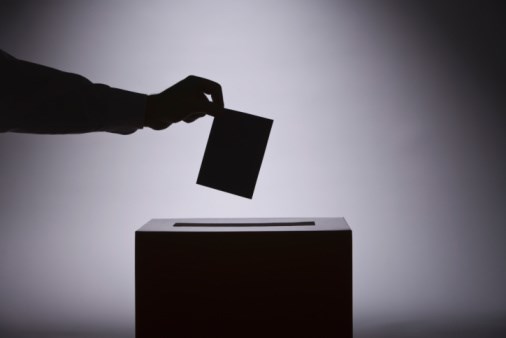 The big problem for campaigners who don’t want to change the voting system is coming into sharper focus.
The big problem for campaigners who don’t want to change the voting system is coming into sharper focus.
The nature of the referendum and the context of the argument leave them no choice but to go negative. They have to campaign against something. The yes side gets to advocate for something.
Negative campaigning is often effective. But being positive is more attractive, and it’s what people always say they want.
With ballots arriving daily, the no side is coming off as gloomy fear-mongers. The yes side, apart from a few shots at the current system, looks happy, confident and full of enthusiasm.
The contrast cropped up a few times this week. The no side put together a ludicrous montage video of European riots, neo-Nazi headlines and police barricades in a warning about how proportional representation leads to extremism. Over a shot of goose-stepping soldiers, it warned: “Don’t let extremists into our B.C. legislature.”
The video was so absurd, an interest group responded with a parody about a secret cabal of intergalactic lizard people. “Don’t let humanoid lizard people run our legislature.”
The NDP also released a spoof video of sorts, featuring Premier John Horgan heading for the mailbox with colleagues (all wearing sunglasses) to mail his yes vote.
Silly, but fun.
That cheerful outlook was also on display at the Crystal Garden rally for proportional representation this week.
Almost 1,000 people turned out to hear Horgan and B.C. Green Party Leader Andrew Weaver pitch the benefits of changing the voting system. The atmosphere was enthusiastic and everyone went home hopeful.
The yes side has every reason to be cheerful, because the referendum is slanted several different ways in their favour.
Horgan’s fair-minded but sketchy initial outline of what he had in mind while campaigning as opposition leader bears no resemblance to what happened.
There was going to be some kind of regional approval threshold needed, as well as an overall majority vote, to recognize the rural-urban divide in B.C.
It didn’t happen. B.C. votes as one, so the south coast will decide.
There was going to be one simple yes-no question. It turned out there are two questions with a preferential ranked ballot on the second one. You can vote against and for the idea at the same time. No wonder it’s going to take weeks to count the ballots.
Most crucially, there was going to be non-partisan citizen involvement in designing the way forward, and describing what the destination might look like.
Instead, after the election, the NDP and Greens met privately to hammer out a co-operation deal, designated proportional representation as their top priority, promised to campaign for it and then turned it over to Attorney General David Eby to design and make happen as soon as possible.
The only non-partisan involvement was a quartet of political scientists who opined on the options, and some online polling and questionnaires.
So it all goes to a vote this month, with the government and its partner in power having already decided which outcome they prefer. The negative campaign worked in the 2009 referendum, when the government stayed out of it. But the NDP and Greens have worked every advantage in favour of yes, this time around.
As well, the yes side can gloss over the dozens of details left unresolved. The government said they “can have a significant effect.” But if the yes side wins, a committee with an NDP-Green majority will decide the details.
The complicated ballot also works in the yes side’s favour. If people just don’t bother, it favours the yes side, by reducing the count needed to get to 50 per cent plus one.
If they decide just to vote party lines, that works for the yes side as well, since NDP and Greens represent 57 per cent of the vote, as of May 2017.
The yes camp is optimistic that proportional representation will change everything for the better.
Countering that means raising suspicions about the stacked deck and warning about the hidden pitfalls, which means a negative, alarmist campaign.
At the rally, Horgan quoted the late federal NDP leader Jack Layton’s last words: “Hope is better than fear.”
That’s not just an aphorism. It’s specific campaign advice, particularly for what Horgan last month called “a leap of faith.”



